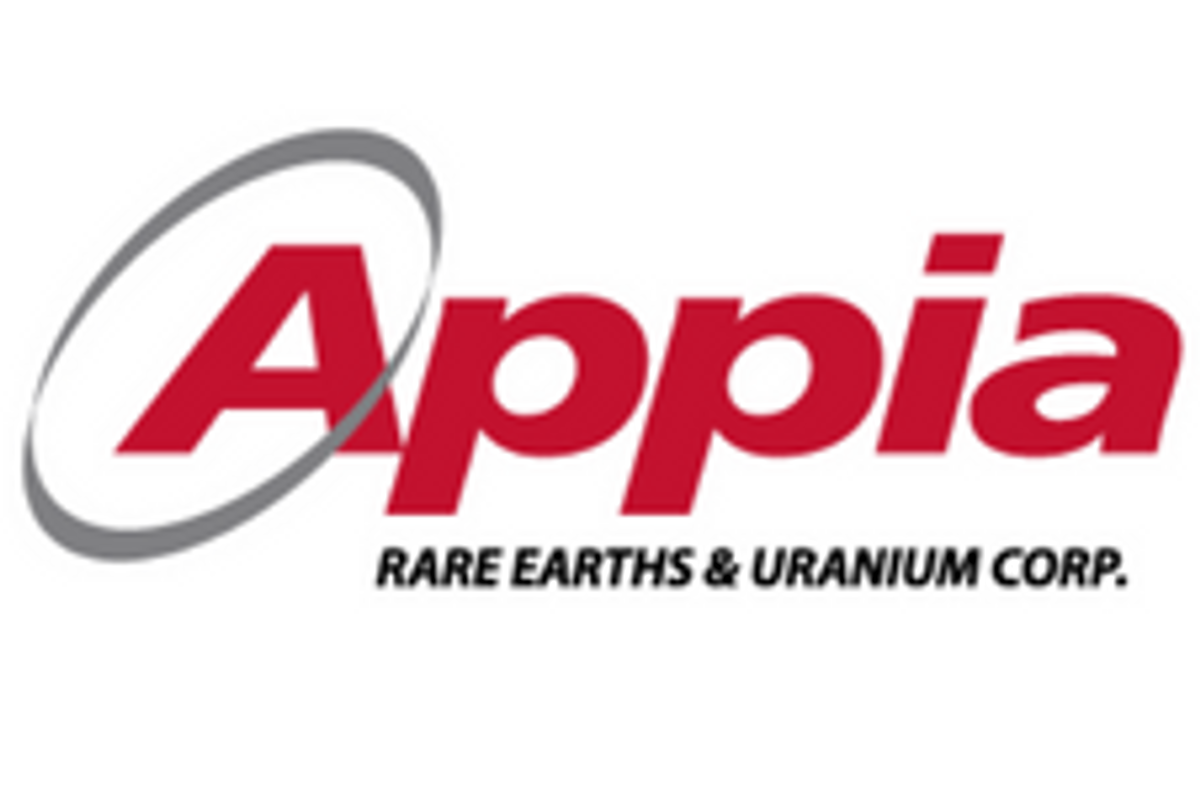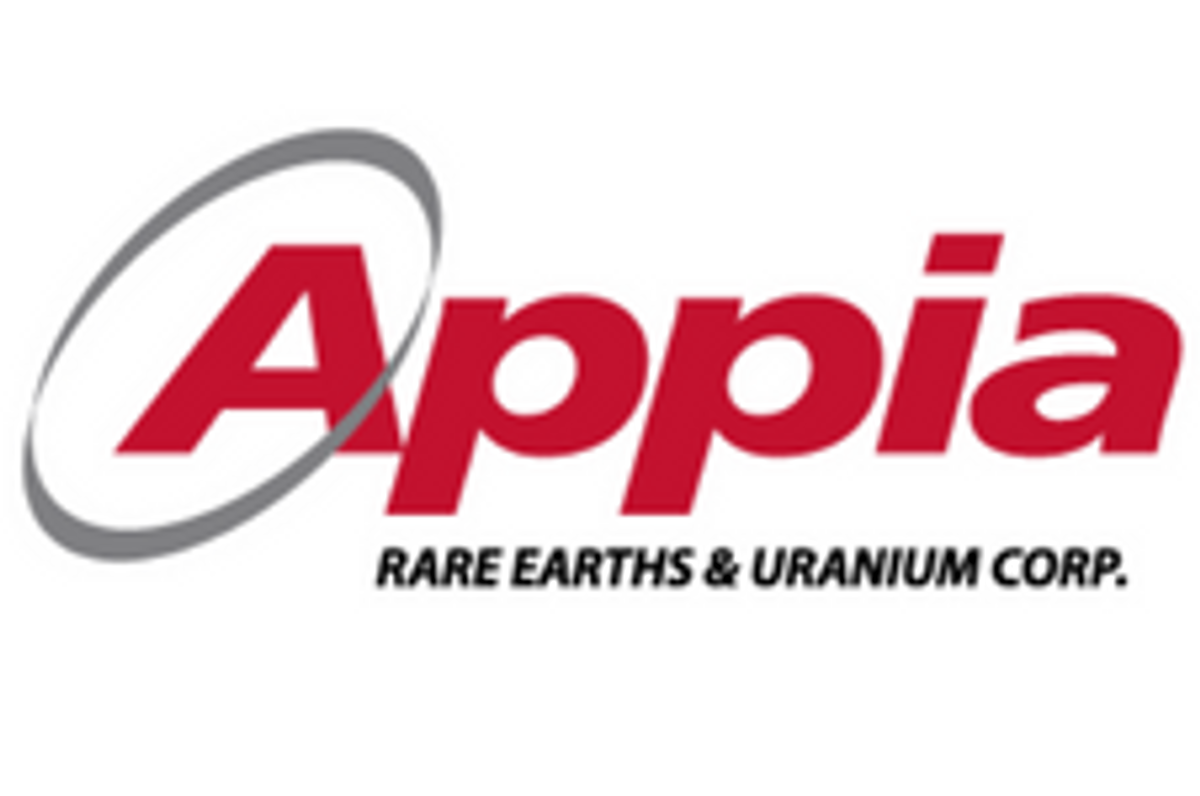
Identifies Strong Similarities to the Serra Verde Ionic Clay Project
Appia Rare Earths & Uranium Corp. (CSE: API) (OTCQX: APAAF) (FSE: A0I0.F) (FSE: A0I0.MU) (FSE: A0I0.BE) (the "Company" or "Appia") has begun a multi-phase due diligence process pursuant to the Letter Agreement (the "Letter Agreement") with 3S LTDA ("3S") and Beko Invest Ltd. ("Beko") referred to in the Press Release dated March 7, 2023 whereby the Company can acquire up to a 70% interest in The Cachoeirinha Project (the "PCH Project") located in the Tocantins Structural Province of the Brasília Fold Belt, Goiás State, Brazil. (Click here for the Press Release).
"The PCH project has significant potential for high levels of REEs in the upper layers of the clay structure. The mineralization is in a Carbonatite complex, and the surrounding granites have weathered to develop ionic clay characteristics in the upper levels," stated Mr. Don Hains, Consulting Geologist and Senior Advisor to Appia.
"The regional mineralogy has very similar lithologies to Serra Verde (See link to website here) demonstrating the classic model of ionic clay structures. Based on assays obtained from the vendor, grades appear to be similar to those reported at Serra Verde project," he continued.
"Like Serra Verde, Appia's PCH Project is an ionic-clay REEs deposit and one of the relatively few deposits of this type found outside of China. Ionic clays can be mined with low-cost open pit mining techniques and processed using simple technologies," stated Stephen Burega, President. "The PCH Project is a classical, highly weathered alkaline granitic complex showing ionic clay development with elevated REE values immediately below surface and extending down to a depth of over 15 metres, and is located in close proximity to a massive ultra mafic complex currently owned by Vale."
The PCH Project is 17,551.07 ha. in size and is a circular structure originating from significant depth and brings with it a series of REEs. Early indications are that the minerology is primarily bastnaestite and monazite with clays that are preferentially enriched in the valuable magnetic rare earth elements. Historic work by the Vendors indicates that the magnetic REEs represent +/- 25% of the total REEs found within the project area.
Positive Attributes of the PCH Ionic Clay Deposit
- Currently, 9 targets have been identified on the western side of the property through geophysics and geochemical survey and analysis, trenching as well as auger and diamond drilling;
- A radiometric survey of the eastern side of the property demonstrates excellent exploration potential;
- The current western 9 targets cover only +/- 35% of the total project area;
- The geophysical work completed to date indicates that there still remains very high potential additional areas over significant sections of the property;
- Due diligence assays to confirm historical results are anticipated to be received within a 4-week window;
- There are well known metallurgical process routes for ionic clays, and they are readily processeable and the flow-sheets are well understood and practiced with this type of minerology;
- The cerium component of the clays is predominantly as cerianite which is not soluable and is considered to be relatively easy to address in the production cycle;
- Radiometric measurements indicate the concentrations of thorium and uranium are very low which is a positive in the processing of ionic clays as it is less expensive to address;
- It is anticipated that the mineralization will be recoverable using industry standard flowsheets.

Image #1 - Typical environment on the western targets illustrating the accessibility at the PCH Project, State of Goiás, Brazil
To view an enhanced version of this graphic, please visit:
https://images.newsfilecorp.com/files/5416/162994_image1en.jpg
"The PCH project is extremely accessible with a well defined network of roads along with significant associated infrastructure," stated Burega. "And our Brazillian partner has established an exceptional network of support from the small group of farmers, and Municial Officials, all of whom are highly enthusiastic about seeing the project move forward."
He continued, "As part of the due diligence process, we have twinned a representative mix of trenches, drill and auger holes across the western portion of the property to be sampled and assayed at ½ meter intervals. And assaying will take place at the SGS labs near Belo Horizonte, Brazil. Once reviewed, the Company will make a final assessment on the viability and prospectivity of the PCH project for Appia's shareholders."

Images #2 and #3 - Stephen Burega, President of Appia, and Mr. Don Hains, Consulting Geologist and specialty mineral expert, review core samples at the PCH Project, State of Goiás, Brazil.
To view an enhanced version of this graphic, please visit:
https://images.newsfilecorp.com/files/5416/162994_image2en.jpg
Background on the PCH Project
The Cachoeirinha Project (PCH Project) is located within the Tocantins Structural Province in the Brasília Fold Belt, more specifically, the Arenópolis Magmatic Arc. The PCH Project is 17,551.07 ha. in size and located within the Goiás State of Brazil. It is classified as an alkaline intrusive rock occurrence with highly anomalous REE and niobium mineralization. This mineralization is related to alkaline lithologies of the Fazenda Buriti Plutonic Complex and the hydrothermal and surface alteration products of this complex by supergene enrichment in a tropical climate. The positive results of the recent geochemical exploration work carried out to date indicates the potential for REEs and Niobium within lateritic ionic adsorption clays.
The technical content in this news release was reviewed and approved by Mr. Don Hains, P.Geo, Consulting Geologist, and a Qualified Person as defined by National Instrument 43-101.
About Appia Rare Earths & Uranium Corp (Appia)
Appia is a publicly traded Canadian company in the rare earth element and uranium sectors. The Company is currently focusing on delineating high-grade critical rare earth elements and gallium on the Alces Lake property, as well as exploring for high-grade uranium in the prolific Athabasca Basin on its Otherside, Loranger, North Wollaston, and Eastside properties. The Company holds the surface rights to exploration for 113,837.15 hectares (281,297.72 acres) in Saskatchewan. The Company also has a 100% interest in 12,545 hectares (31,000 acres), with rare earth element and uranium deposits over five mineralized zones in the Elliot Lake Camp, Ontario.
Appia has 130.5 million common shares outstanding, 153.8 million shares fully diluted.
Cautionary Note Regarding Forward-Looking Statements: This News Release contains forward-looking statements which are typically preceded by, followed by or including the words "believes", "expects", "anticipates", "estimates", "intends", "plans" or similar expressions. Forward-looking statements are not a guarantee of future performance as they involve risks, uncertainties and assumptions. We do not intend and do not assume any obligation to update these forward- looking statements and shareholders are cautioned not to put undue reliance on such statements.
Neither the Canadian Securities Exchange nor its Market Regulator (as that term is defined in the policies of the CSE) accepts responsibility for the adequacy or accuracy of this release.
For further information, please contact:
Tom Drivas, CEO and Director: (cell) 416-876-3957, (fax) 416-218-9772 or (email) tdrivas@appiareu.com.
Stephen Burega, President: (cell) 647-515-3734 or (email) sburega@appiareu.com.

To view the source version of this press release, please visit https://www.newsfilecorp.com/release/162994
